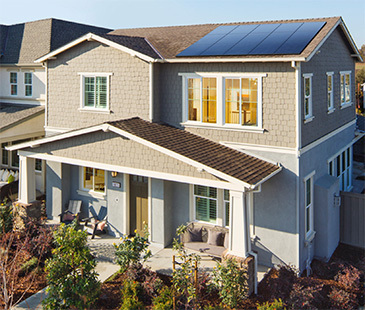While solar batteries are most often known for their ability to provide backup power during an outage, there’s a relatively new battery option designed specifically to help maximize your electricity bill savings and lower your home’s carbon footprint. And, since it comes without the backup function, it costs less to install, reducing upfront costs. These batteries without backup can be a cost-effective way to make the most of the energy your rooftop solar system produces.
Maximize your solar savings
As more and more utility companies adopt time-of-use and peak rates that increase the price you pay for grid electricity during times of higher demand, finding ways to use more of the energy your solar system produces can make a real difference on your electricity bill.
With solar alone, your rooftop system produces electricity to power your home when the sun is shining. But once the sun goes down, you’re back to using grid electricity just as some utility companies begin to charge their highest rates. Even if your solar system produces more electricity than your home needs during the day, that excess energy gets sent back to the grid and can’t be used to power your home.
However, with a solar battery, you can store that excess electricity generated during the day and use it to power your home after the sun has set. And the more you’re able to use this solar-produced electricity to power your home in the evenings, the less you’ll need to purchase from the grid, saving you more money on your electric bill than solar alone.
In California especially, where the state’s net energy metering (NEM) policy recently reduced the credits homeowners could receive by sending excess solar energy back to the grid, a solar battery can be the key to unlocking greater savings on your electricity bill.
While both solar batteries with and without backup capabilities can help you save money in this way, batteries without backup are generally less expensive than partial or whole home backup systems and can be the perfect choice for homeowners looking to minimize upfront costs and maximize solar savings.
Help lower your carbon footprint
From cooling our homes on hot summer days to powering our appliances, residential energy use accounts for roughly 20% of greenhouse gas (GHG) emissions*PNAS Report, “The carbon footprint of household energy use in the United States” (June 2020) in the United States. And in some cases, even electric vehicles, or EVs, can increase a home’s energy use*U.S. Energy Information Administration notes that the average annual electricity consumption for a U.S. residential utility customer in 2021 was 10,632 kilowatt hours (kWh), an average of about 886 kWh per month. According to the U.S. Department of Transportation, Americans drive on average, 13,476 miles per year, or 36.92 miles per day. Using the average EV’s energy consumption, a home EV charger would use around 11.81 kWh per day to charge the car to replenish the range driven. This translates to about 353.3 kWh per month and 4,310.65 kWh per year. by about 50%! Without clean, solar energy, U.S. homes leave a significant carbon footprint.
But, by capturing the excess energy your rooftop solar produces during the day, you can use more clean energy and less of the grid electricity from fossil fuels, thereby lowering your carbon footprint and doing your part for the planet.
How does it work?
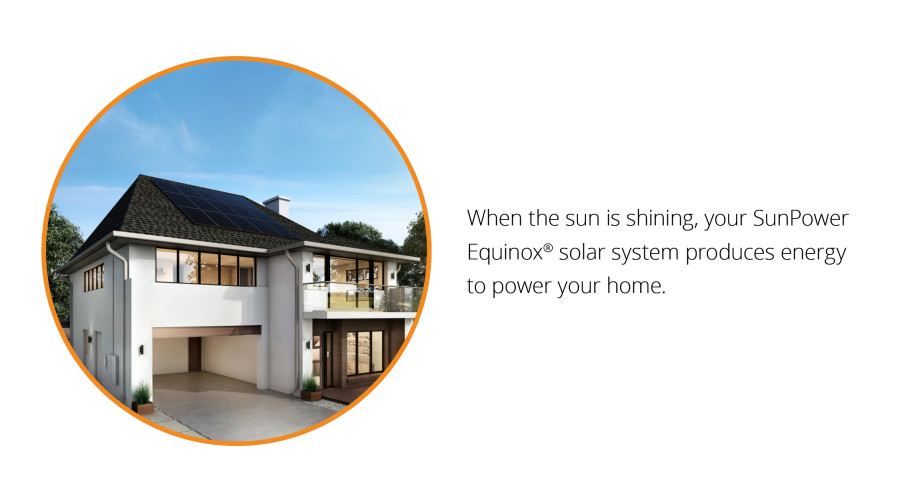
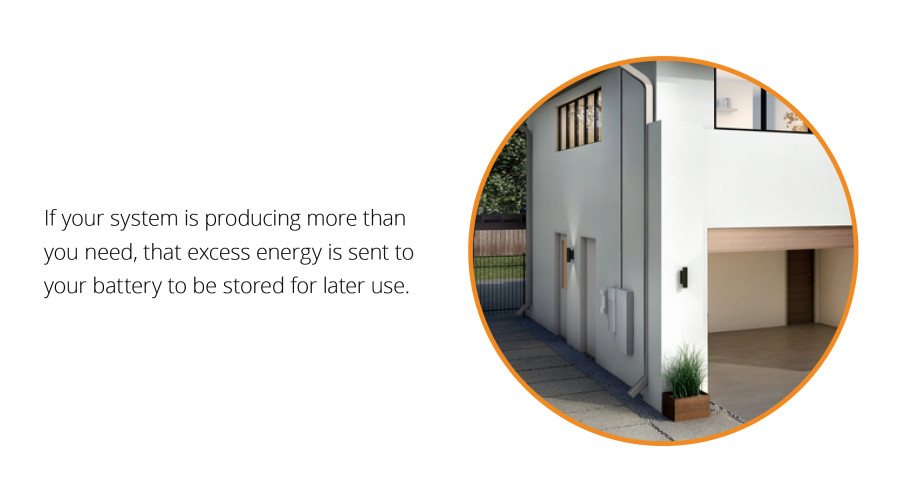
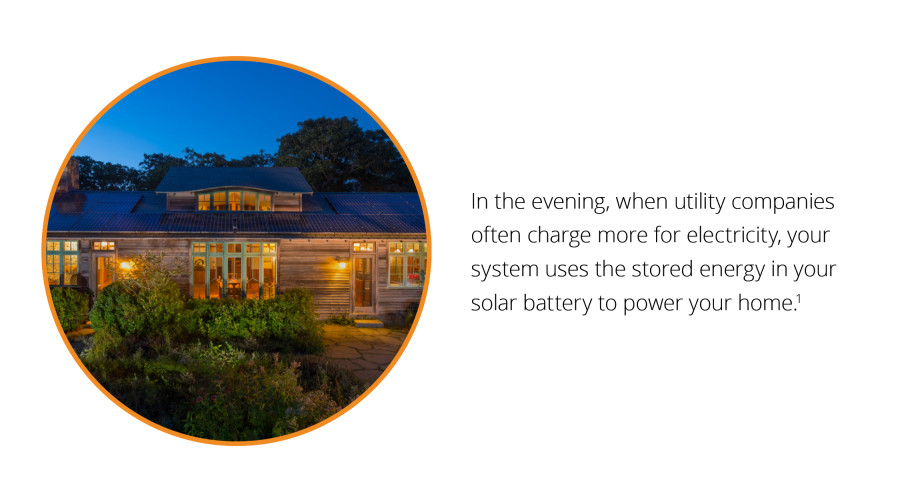

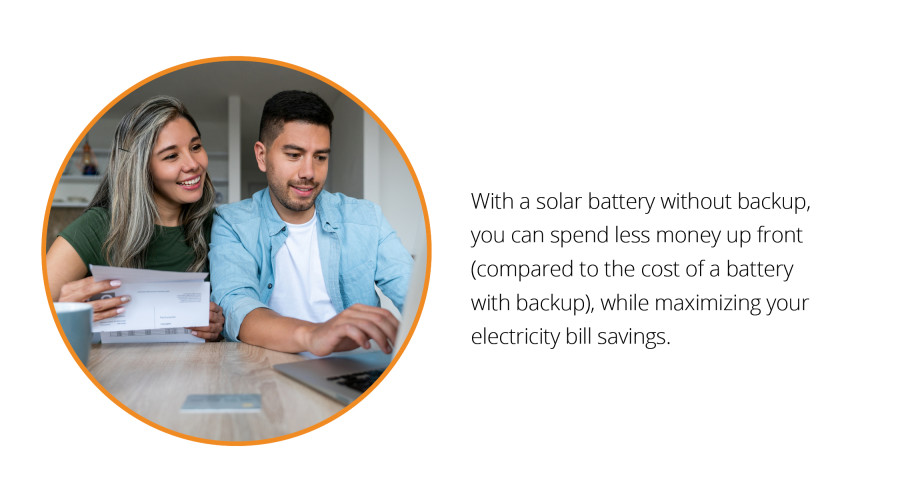
1 The ability to power devices during peak times will vary depending on the amount of energy stored in the battery, the amount of wattage used by the appliances and devices powered by the battery, the ability to recharge during daylight hours, the frequency and duration of usage, and other factors. The battery storage system should not be relied upon as a single source of power for critical medical devices.

